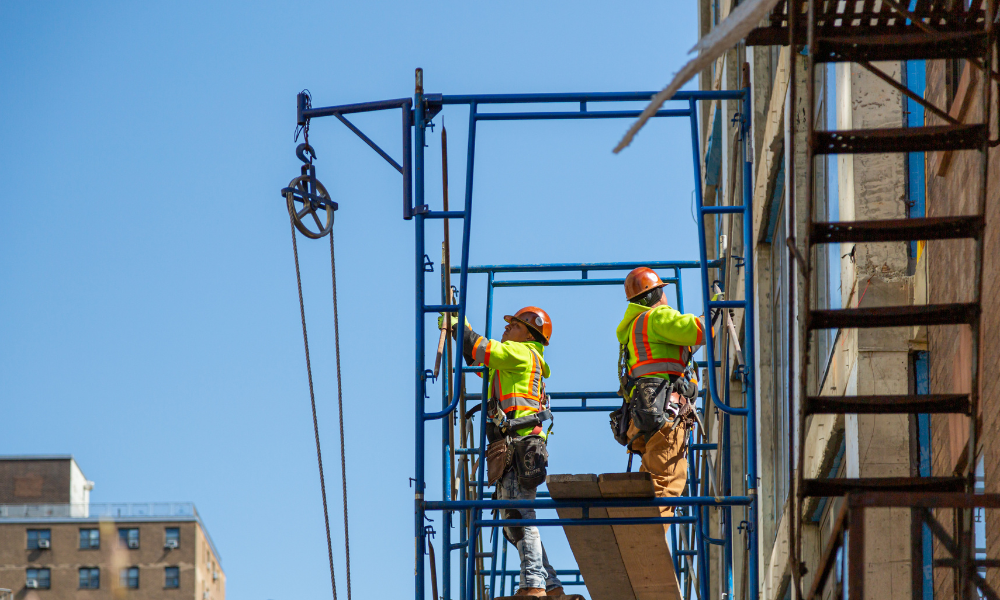China must now be considered to be a core hull and machinery (H&M market, with a steady double-digit percentage point slice of the pie, the International Union of Marine Insurance conference has been told.
The comments from American Hellenic Hull chief executive, Ilias Tsakiris, were delivered at a workshop session at the event in Singapore this morning.
Aggregate H&M premiums worldwide rose 3.5% in 2024 and now stand at $9.67bn.
Offset against that, the world fleet grew 4% last year, while the sale and purchase market remained robust. Both developments translate into significantly increased exposure.
The upshot is the apparent stability in premium volumes masks the reality that terms and pricing are weakening. The class’s collective margin for error is therefore diminishing precisely when risks are intensifying, Tsakiris said.
The composition of the orderbook is shifting significantly towards dual fuel and alternative fuel vessels. Their risk profiles differ from those of their bunker-fuelled predecessors and that has to be factored into pricing.
The market remains geographically concentrated, with 52.9% of premiums written in Europe and 34.9% in Asia-Pacific.
Competition remains intense and the entire market becomes vulnerable when one region absorbs a major loss event, Tsakiris argued.
The most interesting development here is what he described as China’s remarkable growth trajectory, which has led to it taking in around 12% of global hull premiums.
This reflects both the rapid increase of its merchant fleet and the increasing strength of its domestic insurers.
“Traditional insurance hubs like the Nordics, UK and Singapore remain critically important but they aren’t expanding at China’s pace,” Tsakiris said. “The message is clear: China has evolved from an emerging market to a core hull insurance centre.”
Tsakiris proceeded to take a pot shot at underwriters that concede lower prices without much resistance. Some of them are offering double-digit rate reductions even in ancillary covers such as loss of hire and increased value, despite the underlying risk remaining stubbornly hard, he said.
“We are seeing new [managing general agent] capacity aggressively pursuing growth,” Tsakiris said. “Most concerning, we are seeing some underwriters willing to sacrifice discipline to maintain their lines.”
Claims severity is also on the up, with machinery damage the primary driver. While casualties are fewer in number, costs are higher when they do occur and repair costs are subject to inflation.
There has been a spike in weather claims, as vessels reroute round the Cape of Good Hope to avoid the Houthi onslaught against merchant tonnage in the Red Sea.
Matters are likely to deteriorate further as the age profile of the world fleet increases, with renewal not keeping pace with the ageing process.
More than half of all casualties in 2024 involved ships more than 20 years old. In more than 40% of cases, the vessels were more than 25 years old, Tsakiris pointed out.
Older vessels can sometimes be uneconomical to repair, making them more likely to be declared constructive total losses.
Spoofing is yet another problem for marine insurers, creating navigational uncertainty with consequences that cannot yet be quantified.
This article first appeared in Lloyd’s List, a sister publication of Insurance Day




